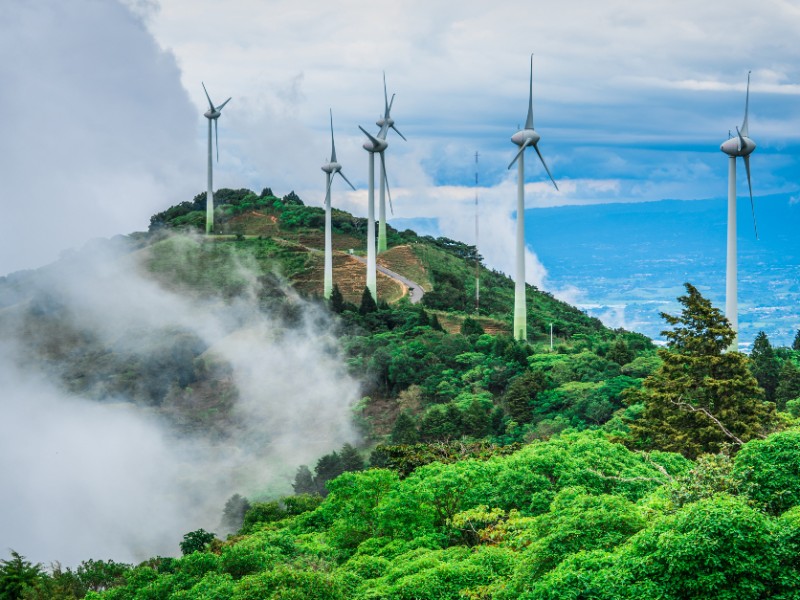An IRENA analysis shows the Central American region can pursue a more ambitious energy transition agenda, achieving cost benefits while serving socio-economic and climate objectives.

The analysis comes courtesy of The International Renewable Energy Agency (IRENA) latest report, Renewable Energy Roadmap for Central Amercia: Towards a Regional Energy Transition.
Benefits from decarbonisation
The report finds that a decarbonisation strategy can bring benefits to the Central America region at the same or lower energy system costs than the current planning strategy.
A decarbonised pathway would cost the region $20 billion less than the planned scenario in the 2018-2050 period.
The analysis shows improved power system integration can help the region exploit abundant renewable energy potential, estimated at around 180GW. This constitutes a tenfold increase from the region’s installed capacity today.
Achieving this target would require increasing the total installed capacity share of renewables in the regional power sector to 90% and electrifying 75% of the region’s total fleet by 2050. The study contributes to ongoing discussions on the energy transition in the region, and related initiatives.
IRENA’s roadmap outlines a Decarbonising Energy Scenario (DES) that reduces CO2 emissions in Central America by 70% by 2050 compared to the 2050 ‘Planned Energy Scenario’ (PES). The PES reflects the plans, objectives and policies of each country and region, mainly approved as of the base year of analysis.
“Central America is entering a crucial decade for shaping its future energy system,” said IRENA Director-General Francesco La Camera.
“The region has a unique opportunity to ensure sustainable development with renewable energy resources that can bolster its energy security by mitigating fossil fuel dependence, while reducing costs, stimulating the region’s post-COVID-19 recovery and addressing climate change.”
Scaling up renewables
IRENA’s analysis shows that scaling up the annual deployment of renewables in the region three-fold by 1.4GW per year compared to planned deployment would put the region on track to achieving its renewable energy target.
To further reduce emissions from the transport sector, green hydrogen is recommended as an alternative fuel for heavy cargo road transport and international shipping.
The report also points to key challenges in the region in achieving universal access to electricity and clean cooking technologies.
37% of households in Central America do not have access to clean cooking technologies and fuels. In the DES, this share would fall to just 1% thanks to the introduction of improved cookstoves and electric stoves. This would require cumulative technology costs of around $12.5 billion during the period 2018-2050.
Additional health and socio-economic benefits would include reducing the pollution from cooking activities, mainly benefiting women and children.
